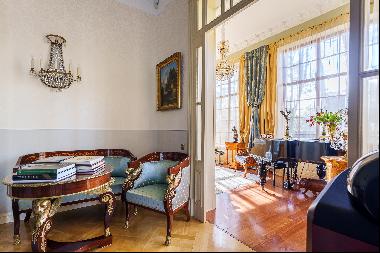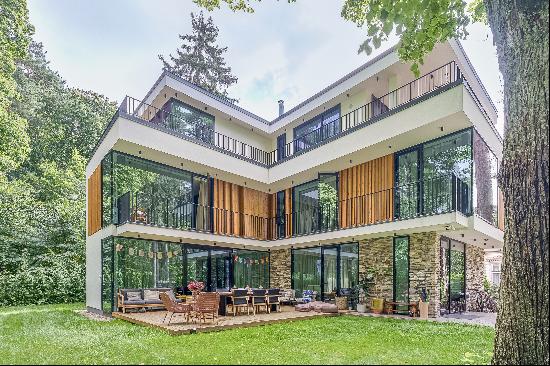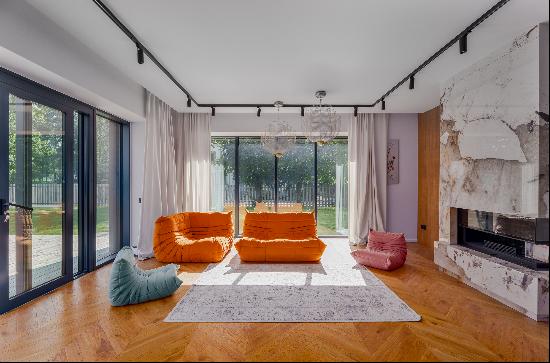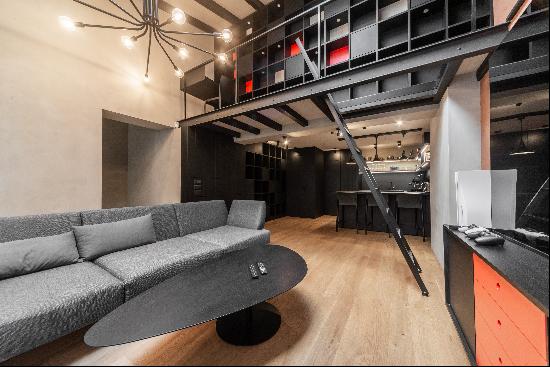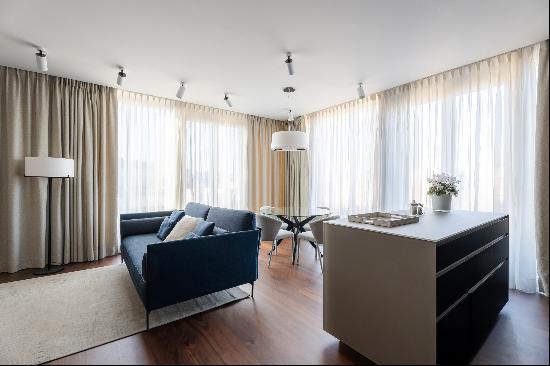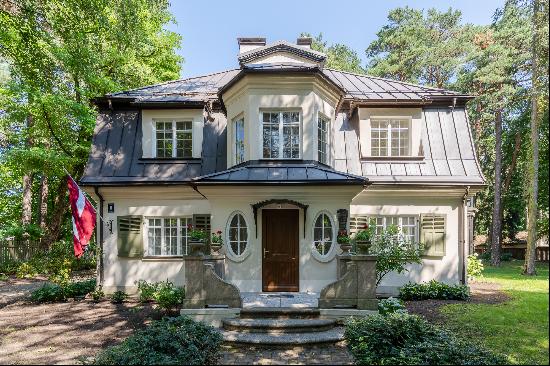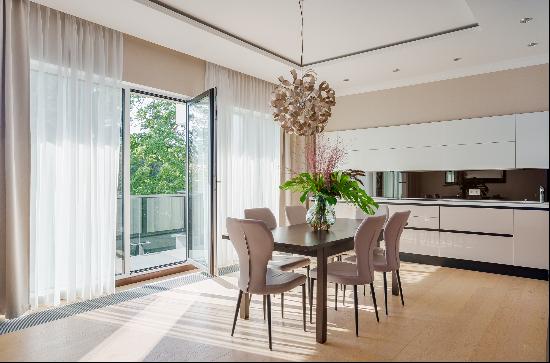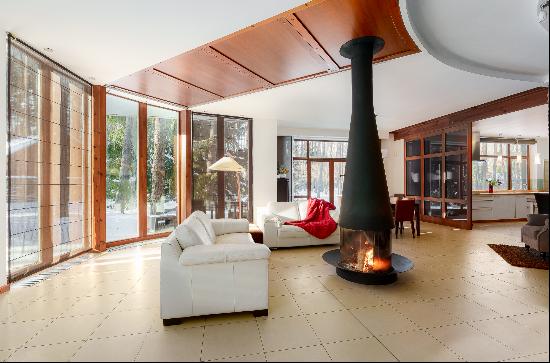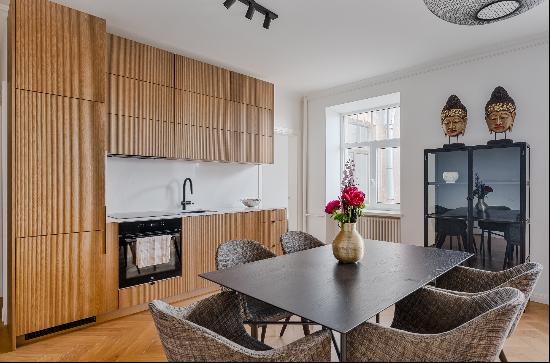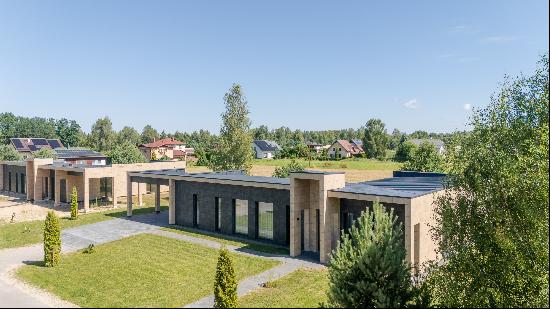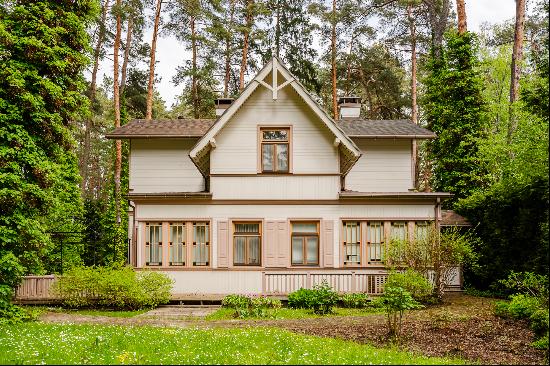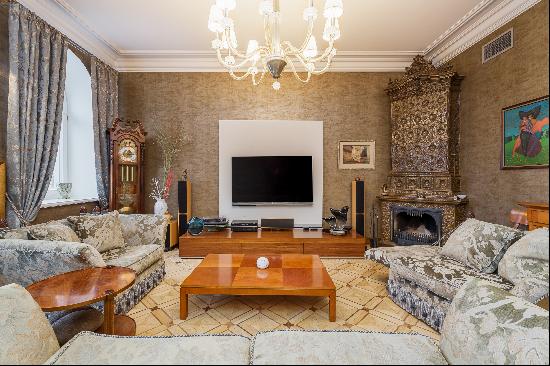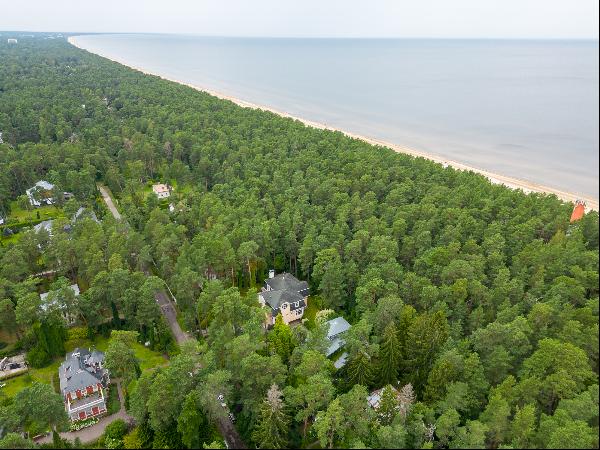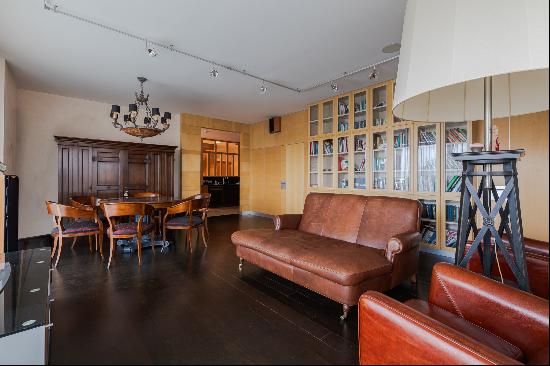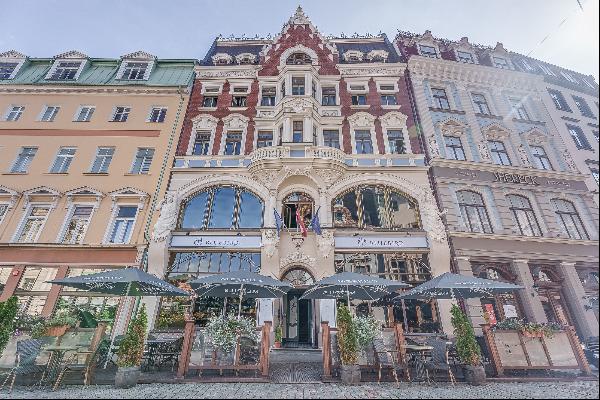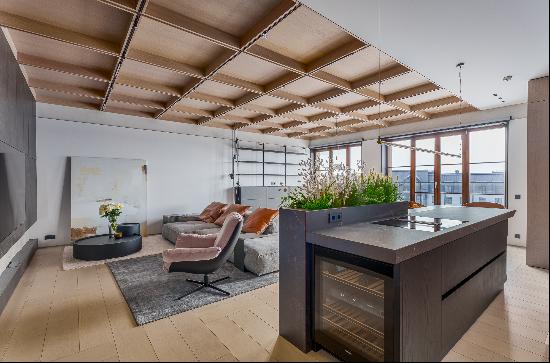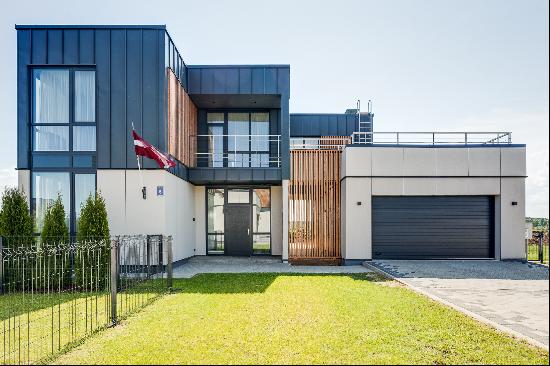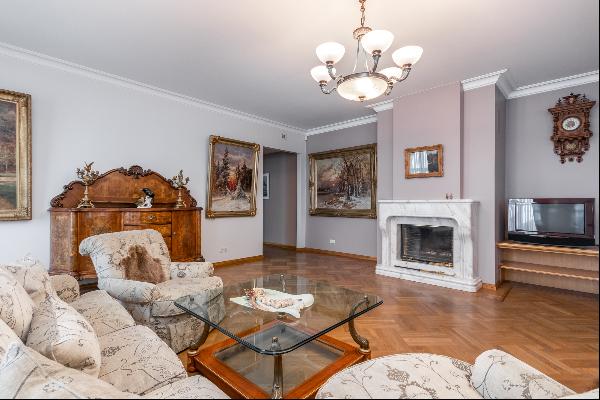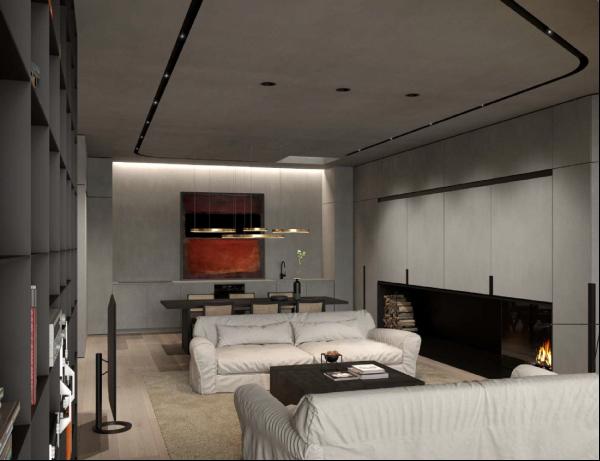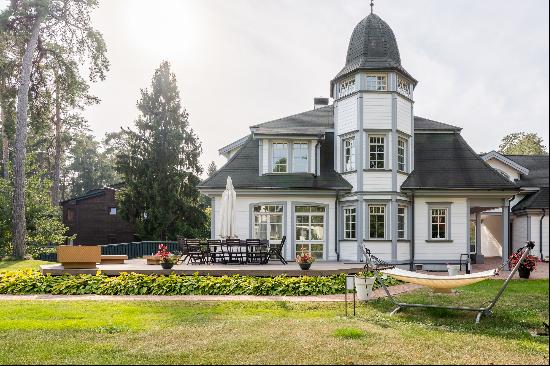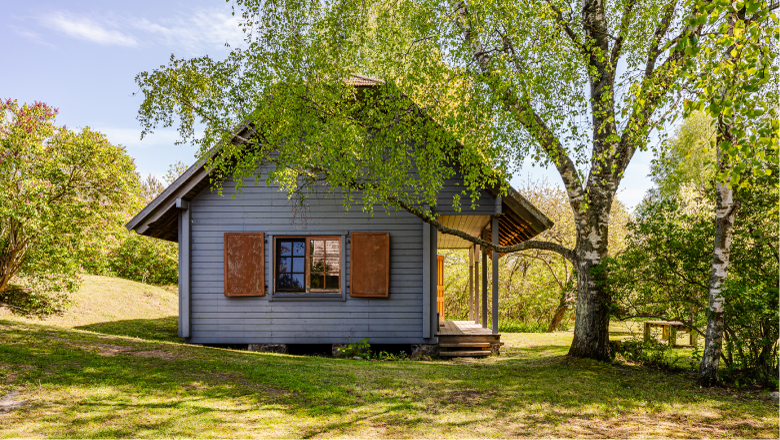
By Francesca Peacock
In the midst of the British winter, an escapist longing sets in. It might be no less cold and grey in Jurmalciems — a rural fishing village on Latvia’s Baltic coastline, some 240km from Riga — but there is certainly beauty to be found in its expansive coastline, woods and sand dunes.
Currently for sale for €1.377mn, is a traditional homestead with more than 8.7ha of land, outbuildings and blustery sea-views. The modern cottage (pictured above and below) was built using traditional Latvian techniques in use since the 18th century. It has one bedroom and a mezzanine for a double bed. The plot also includes 1920s wooden structures in need of rebuilding, a sauna, acres of meadows, access to national parks and a sea-viewing platform.
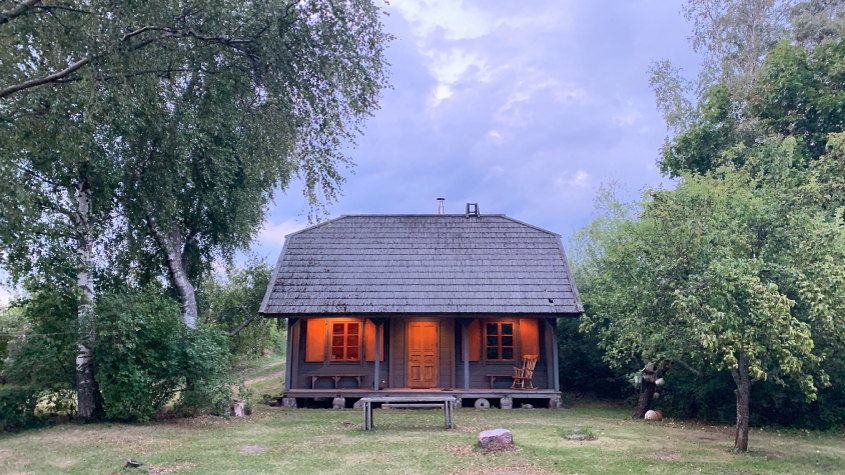
Properties like these, often with extensive land available for cultivation or, in some cases, building upon, and their access to nature are seeing a resurgence in popularity as people are tempted by the change of a rural life. Either with traditional wooden structures or newer buildings, Baltic homesteads appeal to those who seek their own land to farm on a domestic scale, as well as the privacy and the beauty of the countryside — all at more affordable land prices than elsewhere in Europe.
It’s a return, in part, to the history of homesteads as individual self-sufficient farms, but with a modern twist. Many seeking these properties now are in search of more environmental, sustainable living. Ilze Mazurenko, owner of Latvia Sotheby's International Realty, says that these properties offer the possibility of a greener lifestyle by “using regional resources and encouraging ecological farming practices”.
The appeal of rural eastern Europe has even tempted King Charles, who owns an 18th-century Saxon house in Viscri, Transylvania, and a nature retreat in nearby Zalánpatak, the latter of which functions as a guest house when he is not in residence. For the King — as for other visitors — the appeal of his Transylvanian retreat lies not just in the rural activities available (horse riding, mineral baths, sleigh trips) but also in the unspoilt architecture. This is an area that Monica Barbu, chief executive of Romania Sotheby’s International Realty, says is replete with “very charming Saxon villages” and a landscape not changed “by the contemporary style, but with great architectural and artistic character in serene surroundings”.

Not far from the King’s properties, in the medieval Transylvanian village of Grânari, on 0.9ha of land, is a group of four houses priced at €495,000. Although the buildings are more modern (the oldest is 19th century), the town itself dates from the Saxon Transylvanian period, which began in the 12th century.
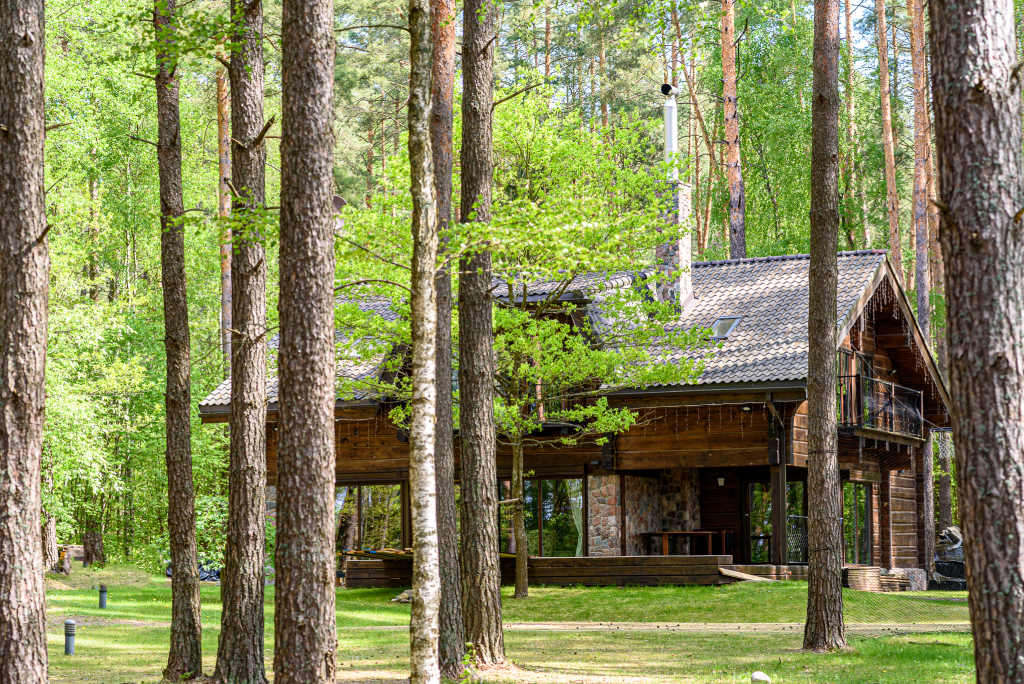
Back over in the Baltic, Lithuania offers a combination of rural expanse and luxury living. One homestead for sale for €1.5mn, on Lake Medvėkas in the Varéna district, comprises a 35ha estate that includes two floating docks and a sandy beach. The property, which has an outdoor fireplace, has six bedrooms split equally between the main house and a private guesthouse. More holiday home than ecological abode, a similar type of property in the country is this four-bedroom homestead, further north on Lake Bebrusai, about 60km from Vilnius. Priced at €750,000, the home has a separate glass-fronted sauna with views over the water.
But the creature comforts are not at odds with the landscape; as Barbu says, these properties promote a slow-paced living that works “in harmony with nature and the historic character of these places, away from the hustle and bustle”. From sustainable farming to medieval architecture, these homesteads offer an appealing antidote to modern life.
Photography: Latvia Sotheby's International Realty; Romania Sotheby's International Realty; Baltic Sotheby's International Realty


